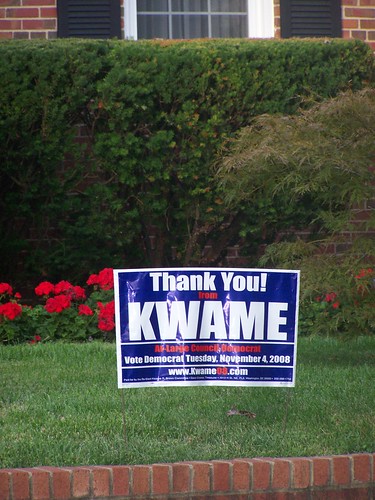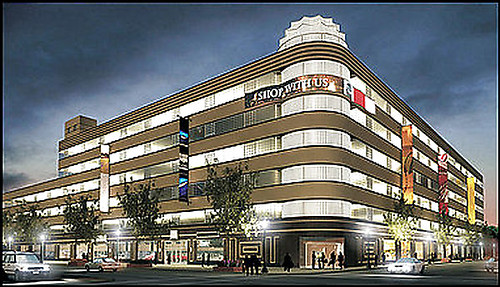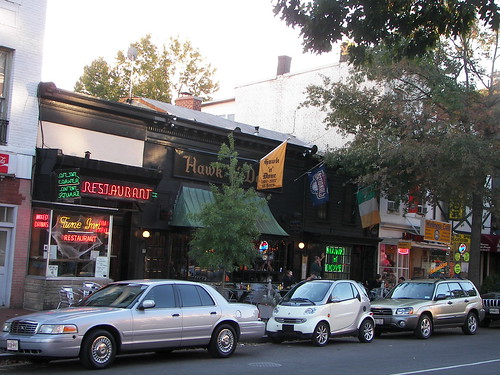(Not) Understanding that DC's competitive advantage rests in part on non-automobile transportation infrastructure

I frequently cite what I consider to be the city's five competitive advantages, which collectively support the city as a place to live, to work, and to visit.
They are:
1. historic residential building stock (that is attractive to people with decent incomes who have choices on where they decide to live)
2. an urban design (at least in the core of the city) that favors compact development, mixed use (locating amenities and civic uses close by), walking, and transit
3. history, identity and authenticity
4. a rich transit infrastructure that allows for efficient mobility without having to be automobile-dependent
5. the steady employment engine of the federal government.
So anything the city does that diminishes the value and quality of these competitive advantages is a bad thing. And ideally, the elected and appointed officials would always consider the impact on the city's competitive advantage before they make boneheaded announcements on policies.
DC claims to want to be a green city. And granted, I know I need to write a short paper (not that I would expect an elected official to read it) on (cities,) transportation and competitive advantage to provide some foundational understanding about why DC's competitive advantage rests upon strengthening and extending the transit infrastructure, rather than encouraging automobile use.
In short, this is a reaction to the report in the Northwest Current on page 3 of the current edition (dated 9/18/2008) that Councilmember Kwame Brown, who chairs the Economic Development Committee of the DC City Council and who is up for reelection, that he recommends that the old Hecht's Warehouse on New York Avenue could be remade into a mall for car dealerships--6 car dealerships to be exact.

Patriot Equities marks the 70th anniversary of historic landmark Hecht's Distribution Center in Washington, D.C., announcing plans for the first ever Mixed-Use redevelopment of the 775,000 square foot warehouse at 1401 New York Ave. Heralded by the Smithsonian as one of the most significant industrial Deco buildings in the world, and further acknowledged by the late Sen. Millard Tydings of Maryland as a monument to the business genius which has made America the country it is, the 15.5 acre site will be transformed into Patriot Yards, a mixed-use development consisting of industrial distribution, flex, and retail space.
(For more, see "Old Hecht's to be bought, redeveloped by Pa. firm" and "Store's warehouse well-stocked with art deco treats" from the Washington Business Journal.)
While I can understand why it might be okay to encourage people to buy Smart Cars if they are going to buy a car, because they take up much less space, instead of car ownership (and DC tags people with high registration fees whether or not the car is bought in DC proper), _urban economic development policy for DC_ should promote alternatives to the automobile, including carsharing, transit, and bicycling.

I wish that more people, especially elected officials, understood the difference between "building a local economy" and "economic development."
 The Discovering Urbanism blog reminds us that we all need to read the book Sprawl Costs: Economic Impacts of Unchecked Development.
The Discovering Urbanism blog reminds us that we all need to read the book Sprawl Costs: Economic Impacts of Unchecked Development. But we have to remember that the only kind of unchecked development isn't really sprawl, but automobile-centric sprawl. You can have intra-city sprawl, and many of the economic development priorities of both the Executive Branch and the Legislative Branch show this. Sadly, DC proves that the suburbs do not have an exclusive on poorly thought out prioritization of various types of land use.
Labels: building a local economy, economic development, government oversight, intra-city sprawl, sustainable land use and resource planning



0 Comments:
Post a Comment
<< Home